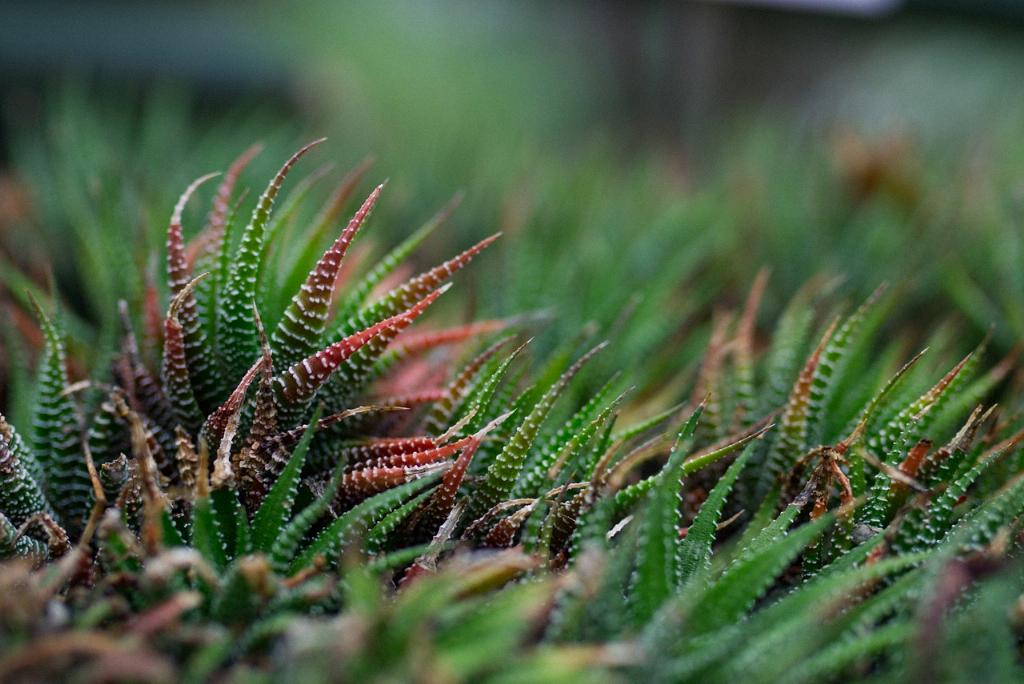So, where exactly do succulents come from? This question intrigues many enthusiasts and curious minds alike, prompting us to delve into the fascinating world of these resilient plants. Succulents have a diverse geographical origin, with the majority hailing from desert or semi-desert regions in warmer climates.
Key Regions of Origin
When it comes to pinpointing the origins of succulents, two key regions stand out as vital sources: Mexico and South Africa. These countries boast a rich diversity of succulent species, showcasing the adaptability and beauty of these plants in their natural habitats. The arid landscapes of these areas provide ideal conditions for succulents to thrive and evolve over time.
Variety in Climates
While Mexico and South Africa are prominent origins of succulents, it’s essential to note that these plants can also be found in colder climates. In such regions, succulents often grow on sunny, rocky slopes and ledges, showcasing their versatility in adapting to different environments. The presence of succulents in diverse climates highlights their resilience and ability to thrive in various conditions.
Adaptation to Harsh Environments
The origin of succulents in desert and semi-desert regions reflects their remarkable adaptation to harsh environments. These plants have developed unique features, such as fleshy leaves and stems, to store water and withstand long periods of drought. Their ability to thrive in arid conditions is a testament to their survival mechanisms honed over centuries of evolution.
Evolutionary History
Delving into the evolutionary history of succulents unveils the intricate processes that have shaped their origins. These plants have undergone gradual changes over time, developing specialized traits that enable them to survive in arid landscapes. Their evolution has been driven by environmental factors and natural selection, resulting in the diverse range of succulent species we see today.
Natural Habitats
Exploring the natural habitats of succulents provides valuable insights into their origins and ecological significance. From the rocky deserts of Mexico to the rugged terrain of South Africa, succulents have carved out niches in challenging landscapes, showcasing their resilience and adaptability. These plants play a crucial role in their ecosystems, supporting biodiversity and contributing to the unique flora of their regions.
Cultural Significance
Besides their ecological importance, succulents also hold cultural significance in various regions across the world. In Mexico, for example, succulents are deeply ingrained in the local culture and traditions, symbolizing resilience and strength in the face of adversity. Similarly, in South Africa, succulents are admired for their beauty and adaptability, reflecting the spirit of endurance prevalent in the region.
Global Distribution
Despite their origins in specific regions, succulents have achieved global distribution, captivating plant lovers worldwide with their unique beauty and diversity. Through cultivation and trade, succulents have found their way into gardens, homes, and botanical collections around the world, enriching horticultural practices and fostering appreciation for these remarkable plants.
Conservation EffortsRecognizing the importance of preserving succulent species and their habitats, conservation efforts have been initiated to safeguard these plants for future generations. Conservation organizations work tirelessly to protect vulnerable succulent populations and raise awareness about the need for sustainable practices to ensure the survival of these unique plants.
Future Prospects
As we look to the future, the origins of succulents remind us of the rich diversity and resilience of these remarkable plants. By understanding their evolutionary history and ecological significance, we can appreciate the beauty and importance of succulents in our natural world. As stewards of the environment, it is our responsibility to protect and preserve these plants for generations to come.

